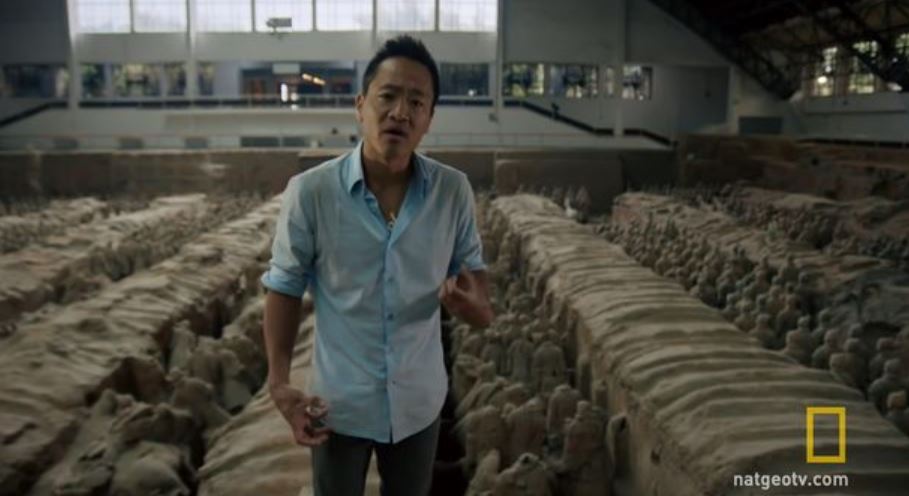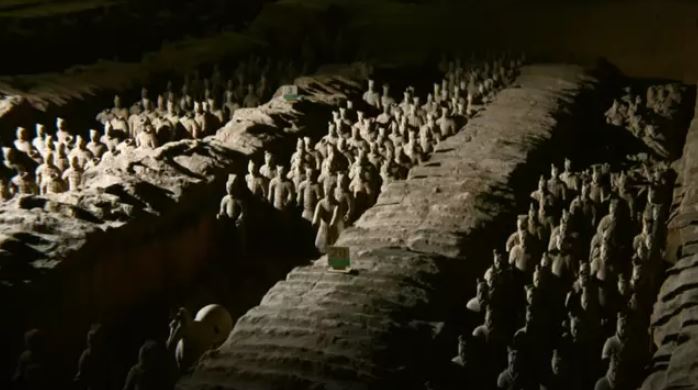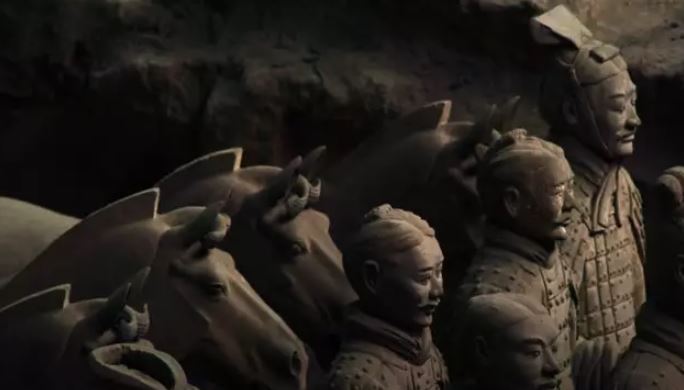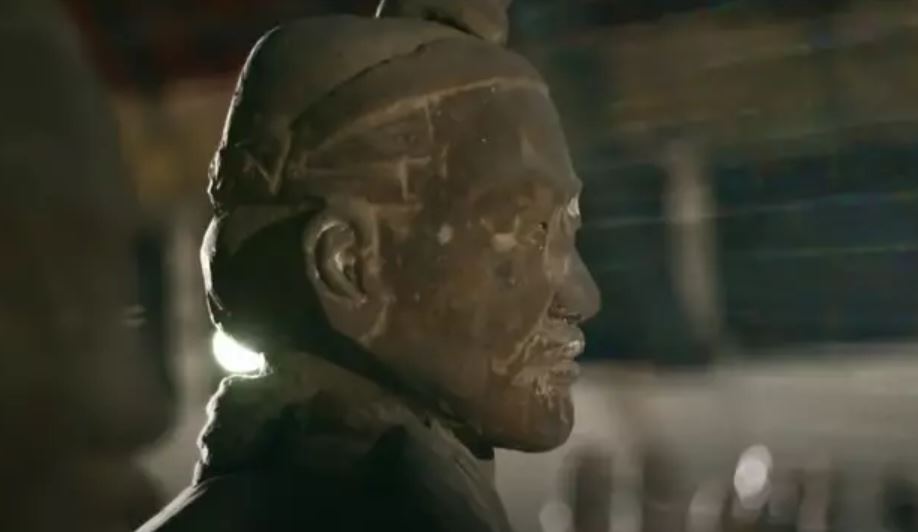An explorer, unafraid of curses, refrained from opening the tomb of China's first emperor.
China's first-ever empirical ruler, Qin Shi Huang was interred within an intricate compound on a city scale. Safeguarding this resting place was his renowned "terracotta army," a squadron of soldiers made of clay.

Designed to furnish Qin with all requisites for the afterlife, this city was established upon his demise at 49 years old in 210 BC.
Although archaeologists have extensively explored the vast area, tombs containing the remains of ancient emperors remain intact, implying that the clay figures may indeed have fulfilled their intended purpose. Scientists have refrained from opening the tomb to avoid damaging its fragile contents.

When the site was discovered, the terracotta warriors were adorned with bright and bold colors, but due to the rapid change in the atmosphere upon reopening, their colors faded. Archaeologists now theorize that a similar outcome could have occurred if the royal tombs had been opened prematurely.
They claim to be waiting for technological advancements that would allow the tomb to be preserved before opening it. In a statement made to Live Science, Kristin Romey, a curatorial consultant for the Terracotta Warrior exhibition, remarked:
"The big hill, where the emperor is buried — nobody's been in there. Partly it's out of respect for the elders, but they also realize that nobody in the world right now has the technology to properly go in and excavate it."

Despite the academic consensus to avoid the site, Albert Lin, a National Geographic explorer, managed to get closer to the location than anyone else, describing the encounter as an "incredible experience".
In a video, originally broadcast in 2017, Mr. Lin said: “This is the Terracotta Army - 8,000 warriors buried over 2,000 years ago – one of the greatest wonders of the world.

"This is the first emperor's army. He ordered his real army to be recreated in clay and buried with him, ready to fight his battles in the afterlife. Each face is individual and unique. Look at the scale of this place – tells you a lot about the guy, his ego, his vision for his afterlife.”
He added: “It’s a really incredible feeling to be here. Standing in a place where nobody really gets access. I mean, we’re at the center, at the heart, of this unbelievable World Heritage Site, which is, in a lot of ways, a symbol of my own cultural heritage, my ancestry.”

The warriors were meticulously crafted to replicate the appearance of the emperor's own fighting force. The vanguard consisted of light infantry, followed by heavier infantry, while the cavalry occupied the rearmost positions. Even the equestrian soldiers were interred alongside their life-sized steeds, totaling 520 in number.
Watching the video below:






